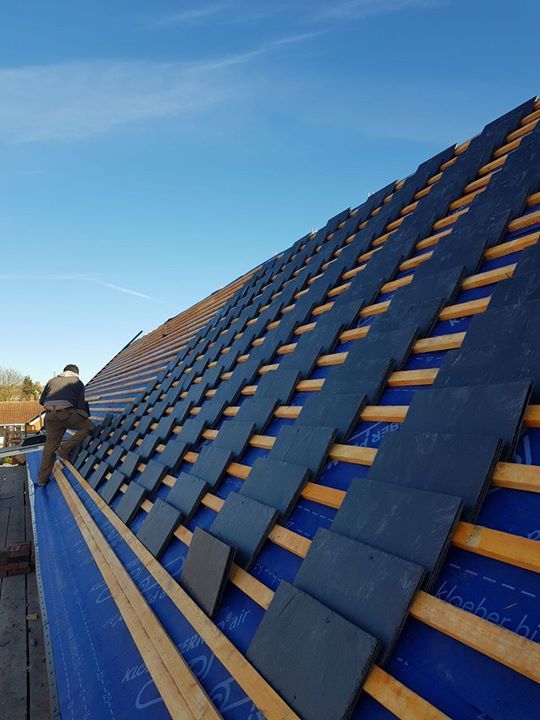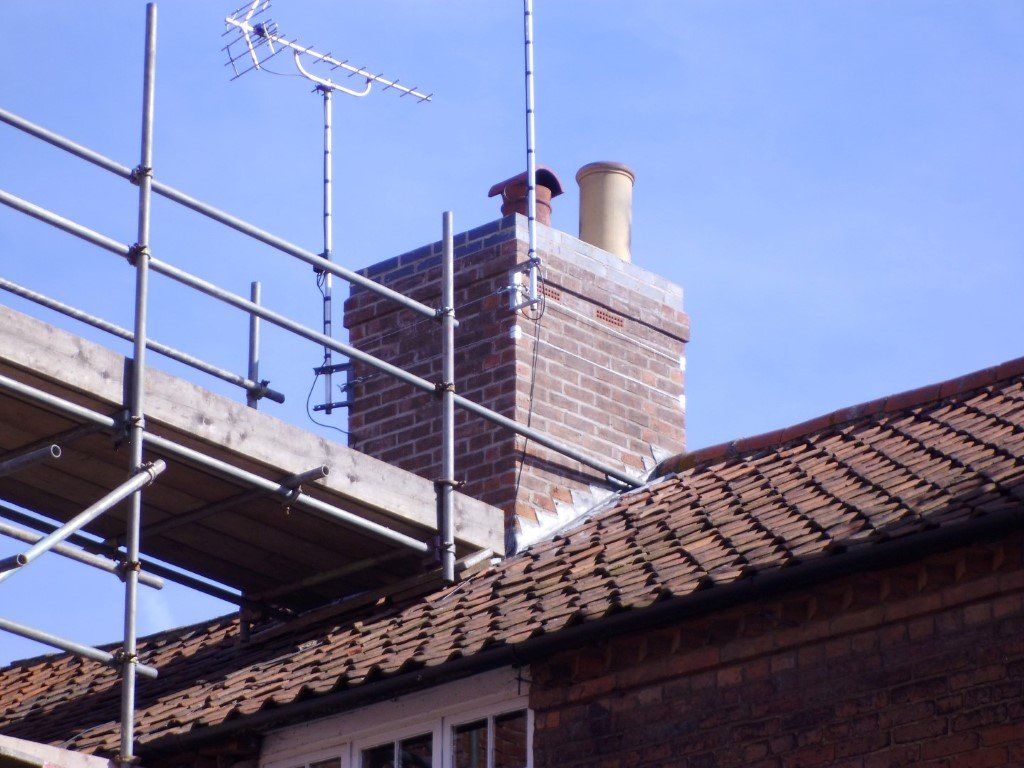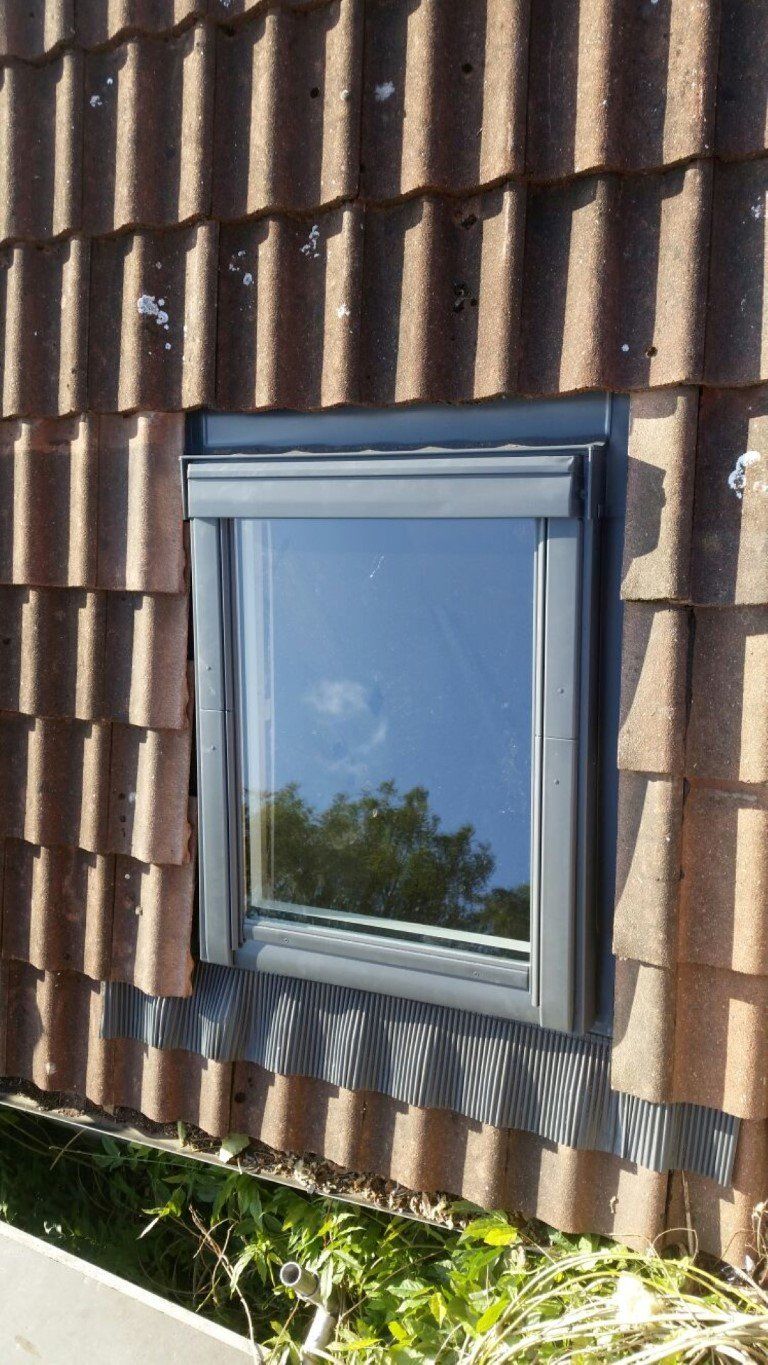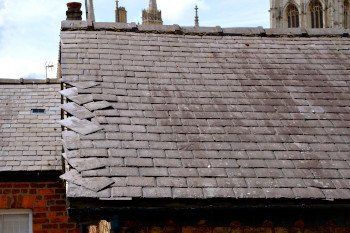Top Tips for Maintaining your Roof, According to Commercial Roofing Contractors
- By Academe Roofing Services
- •
- 29 May, 2019
- •

Commercial Roofing Contractors
The worst of the winter weather may be over, but this is the UK after all, so unfortunately we can expect a lot more rain and harsh winds all year round! Strong winds, sleet, ice and rain can all take their toll on your roof; not surprising when it’s continuously exposed to the elements every day of the year. An entire new roof cost can be expensive, but luckily there are plenty of ways you can maintain your roof, with either a bit of DIY or the help of a professional roofing company.
Whether you have a commercial or residential property that needs some help, read on for some maintenance tips that will have your roof looking its best again.
Roof shingles are flat, overlapping tiles placed on top of an underlayment layer to help stop leaks and damage to your roof or attic. Shingles can be made from slate, ceramic tiles, metal, plastic, or a composite material such as fibre cement or asphalt. It’s a good idea to regularly clean your roof shingles if you have safe, easy access to your roof; keeping them free of dirt and debris can reduce the chances of lichen, moss or algae growing and weakening your roof’s structure.
You should also regularly check for missing, damaged or worn down shingles, especially after a storm or a run of particularly bad weather. It’s always best to act as quickly as possible, in some cases you may be able to repair the roof yourself as shingles are affordable and easy to replace, but for extensive damage you should always contact a professional roofing company.
Also known as roof coating, a roof sealant helps protect against damaging weather, excess water and UV rays. It’s applied as a fluid membrane, and has elastic qualities which allow it to expand and contract without causing damage to the roof. It’s worth replacing your roof coating every five to ten years, and closer to five if the roof is flat.
Some roof sealants are not suitable for use on shingles, as they can inhibit the shingle’s natural drying process; however for flat or commercial roofs they can extend the roof life and help regulate temperature. The roof should be cleaned before the sealant is applied to help it adhere properly, and you can also apply a primer to help this even more.
Even if you can’t see any external damage to your roof, it’s always wise to coat it as a precaution against leaks and structural damage, especially as flat roofs are prone to drainage issues.
It might not be something you’ve considered to affect your roof, but trimming overhanging branches that extend over your roof can help keep it in good condition. Trees hanging over your roof will drop leaves, which can then collect and rot, causing potential damage to tiles. A build up of wet leaves encourages mold and moss growth too, which can weaken your tiles over time and cause them to rot.
If your roof is made from any sort of metal like corrugated iron, or if it contains any metal parts, you’ll need to have regular inspections to make sure there isn’t rust or corrosion. Rust is a relatively common problem for metal roofs, but once it appears it begins to trap additional moisture, which weakens your roof and escalates the damage being done.
The majority of new metal roofs will be sealed with a rust resistant coating, but you should still keep your roof clean by hosing it down and removing any dirt, leaves and debris on a regular basis. A build up of dirt can cause corrosion, but you can easily clean, repair and seal any buildup of rust on the roof if it does occur.
Rust can be scrubbed off with a wire brush, and remove any rusty nails before sealing the roof. As mentioned above, a sealant can extend the longevity of your roof and help prevent rust from returning. A small job could be done as a DIY project if you’re able to do so safely, or call the professionals if you have a big rust problem or additional cracks and leaks on your hands.
Clogged gutters are one of the leading causes of roof damage, but in most cases this can be easily prevented. Gutters control and collect the flow of rainwater, diverting it away from your roof and down the drain, so if they become clogged then this water can buildup on your roof instead.
Full or cracked gutters can lead to water infiltrating your roof’s structure, and it’s easy for them to become full of dead leaves, moss or other debris. The quickest and easiest way to sort your guttering is to call your local guttering specialists; they’ll be able to clear away debris and fix any broken gutter seams. Cracks can be filled with sealant, or if there are gaps between gutter joints they can often be repaired by simply cleaning away the build up of grime in between.
If the blockage has entered the drainpipe, a professional will be able to use a piece of stiff wire to force a hole in the middle of the block, then run water through to force it through the pipes. You should then spray some hose water onto the roof if possible to check that your gutters are now functioning efficiently.
Moss thrives in wet or humid climates, as well as areas of shade - unfortunately that makes your roof the perfect place for it to grow. It might not seem as much of an issue as cracked shingles or broken gutters, but moss growth can actually cause a lot of damage if left untreated.
Moss can start growing beneath your roof singles and then expand, causing them to become loose, crack or fall off. Gaps in your roof can allow rainwater to get in, and leaks can cause enormous damage to the house below. If your roof is made of asphalt then moss growth can also wear down the material itself.
Moss can be treated using a variety of products; some break down the moss with chemicals which can then be naturally washed away, or the roof can be cleaned first before applying a chemical that allows the moss to be easily brushed off. It’s usually best to get a professional company to do this for you, scraping the moss off yourself or blasting it with a pressure hose can cause extra damage to the shingles and wear them down unnecessarily.
While it is technically separate to your roof, maintaining your chimney is an essential part of roof maintenance overall. A roof inspection should include regular checks for any cracks or missing mortar in your chimney, and if you do notice any then it’s vital to seek chimney repairs as soon as possible.
Any cracks can cause chimney bricks to become loose, and if they fall they can easily damage the singles on your roof.
If you have access to your loft or attic, this can be an easier way to regularly check for roof damage if it isn’t safe or practical to check the outside roof itself. Dark spots on the attic ceiling or walls can indicate that a leak has already sprung, but catching it early can prevent structural damage and mold growth.
It’s also helpful to update your attic insulation if you haven’t for a while; a well insulated attic can extend the longevity of your roof, especially during the colder months when ice and snow can cause roof damage. Proper insulation prevents heat from escaping and stops snow melting and refreezing on your roof, which can harm gutter drainage and lead to leaks.
The easiest way to look after your roof is simply to hire professionals to do it for you! A professional roof inspection with a repair contractor will be able to spot any problems early and prevent further damage - particularly essential if you have any commercial roofing problems that could affect your business.
Inspecting a roof yourself can be dangerous, so call the experts and they can inspect the fascias and gutters, check for leaks, assess the condition of your roof shingles, apply sealant and much more.
If you need a professional roof inspection in Nottingham, get in touch with the experts at Academe Roofing. Experienced contractors for over 30 years, we’re equipped to help you with all your roofing needs, from gutter installation to leadwork, chimney repairs, commercial roofing and more. For more information or to discuss your roofing needs, give us a call or visit our website today.
Since the
UK’s move to central heating, our chimneys don’t see a huge amount of use
anymore. However, as many households still have one connected to their
properties, it is essential to keep your chimney in good nick, especially if
you happen to still use yours.
What’s worse, not keeping on top of chimney maintenance can create a
potentially dangerous environment. With this in mind, here are four of the most
common reasons why you might need chimney repair.
Aside from
smoke, other substances can end up sticking to the inside of your chimney.
Creosote, a chemical made from the burning of plant matter such as wood can
quite easily start to cause problems for your chimney if left unchecked.
The tar-like substance mixes with soot and begins to stick to the sides of the
chimney, causing a buildup. This can cause untold problems as creosote is an
extremely flammable substance, making house fires increasingly likely.
Therefore, it is essential to have this cleaned out as soon as possible.
Creosote
isn’t the only thing prone to blocking a chimney, especially if the chimney in
question hasn’t been used for a while. Anything from leaves and debris to birds
and wasps nests can make their way into your chimney flue.
Much like creosote, any form of blockage could be a potential fire hazard so it
is important to check at least annually for any problems, especially if your
chimney is still in use.
Unlike
modern chimneys which are built with durable stainless steel flue linings,
older builds used clay tiles instead. As clay is a much more brittle material,
this means that older chimney flues are prone to crack over time.
Cracks in the flue are extremely dangerous for chimneys that are still in use
and pose one of the biggest risks to your home. This because fire can more
easily seep through the cracks in the flue, catching fire to other combustible
areas of your property and causing untold damage. This is one of the most
important reasons why you should have your chimney inspected annually.
Maintaining
the outside of the chimney is equally as important as the inside and if you’re
noticing the masonwork beginning to deteriorate, it’s probably time to have
some pointing work carried out.
Although not as pressing as flue damage, any deterioration of the brickwork can
lead to more significant damage to the building over time so it’s always good
to check.
Expert Chimney Repair with Academe Roofing Services
Keeping
your chimney in great condition is not only essential from an aesthetic
viewpoint but is also vital in keeping it safe for use. Here at Academe
Roofing, we offer a range of repair options for our customers across the
Nottingham area, from repointing and restoration to the removal of chimney
stacks.
For more information on our range of services, visit our
website
or get in touch on 0115 950 6444.




